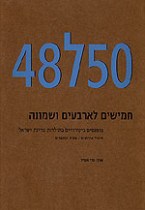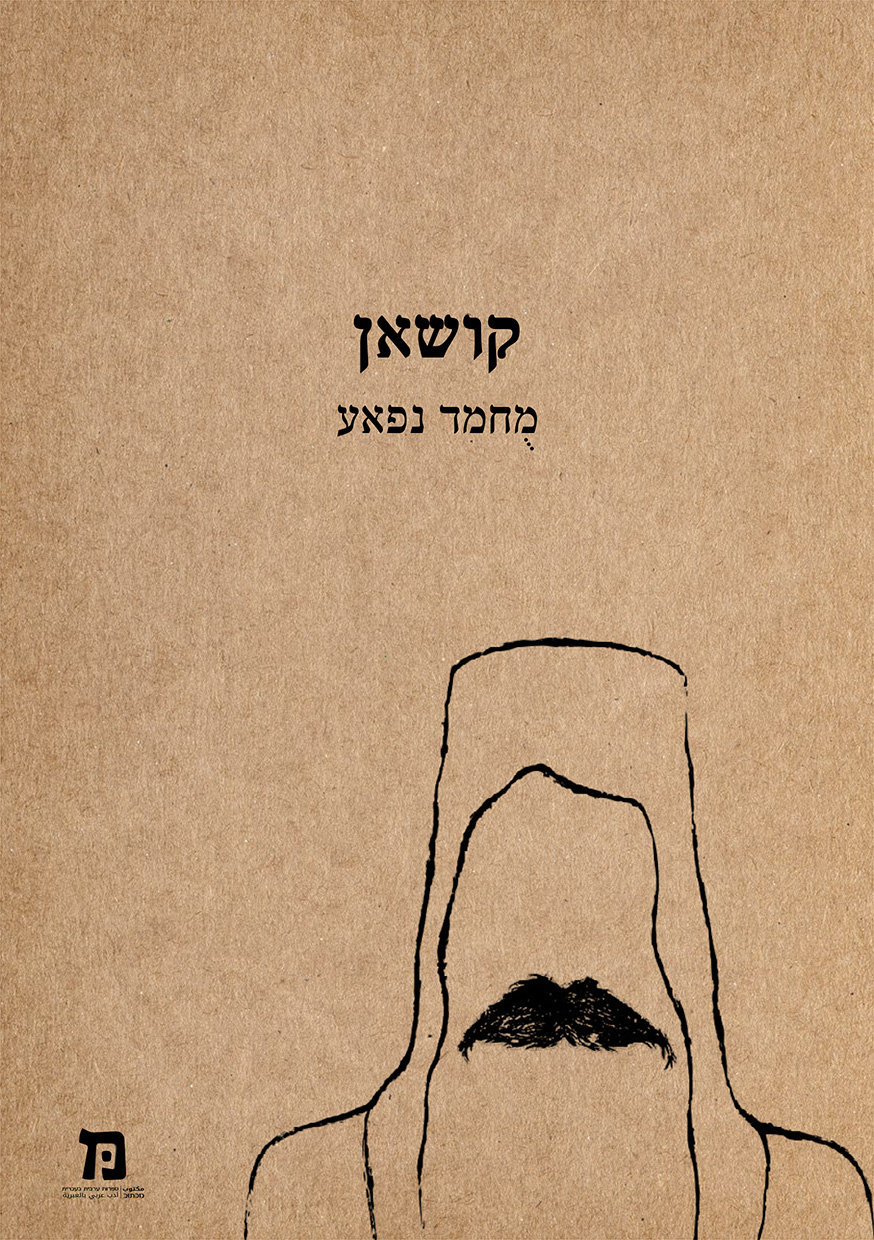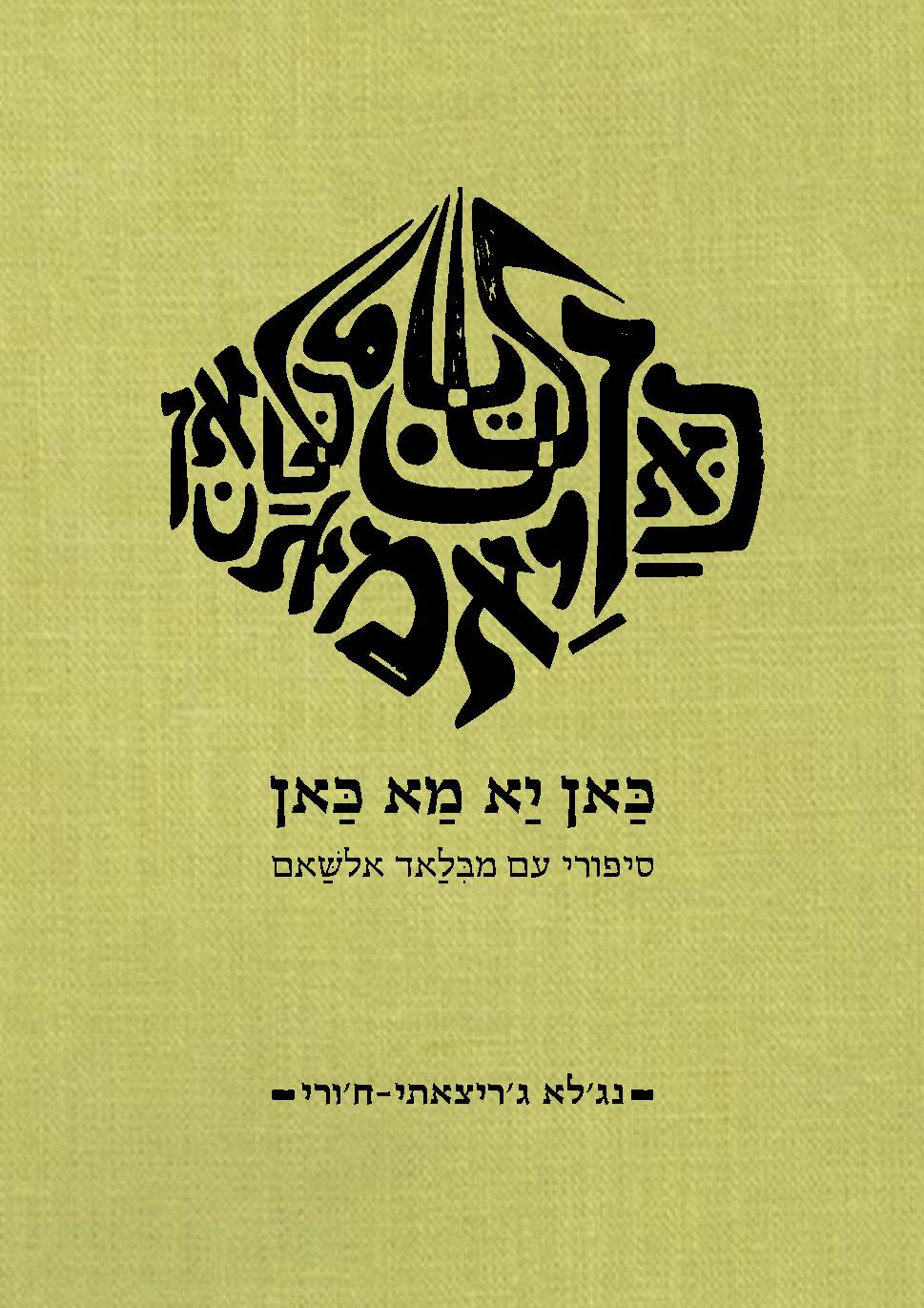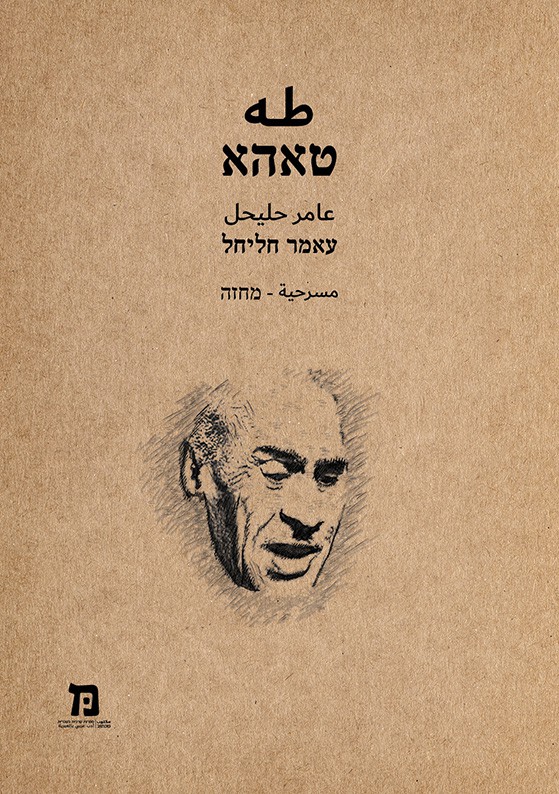Fifty to Forty-Eight
Critical Moments in the History of the State of Israel
| Edited by | Adi Ophir |
| Publisher | Van Leer Institute Press and Hakibbutz Hameuchad |
| Language | Hebrew |
| Year of Publication | 1999 |
| Series | Theory in Context Series |
Israeli society is a composite of nationalities, ethnicities, and religions. Many of its groups lack a common denominator and each of them perceives the Israeli partnership differently. Israeli culture is a seething and conflicted multiplicity that rejects any hegemonic perspective.
Among the people whose lives are run by the state of Israel there are inhabitants who are not citizens and citizens who oppose the existence of the state or its government.
This book offers episodes in the history of the state of Israel without denying the multiplicity, the lack of a common denominator, and the opposition. The book also takes into account the perspective of those who have paid and are still paying the price of the Zionist endeavor. It reserves space in the history of Israeli culture for the critics, prophets of doom, rebels, and heretics. It analyzes and criticizes without reverence and without lamentation, without taking the side of the arrogant or the dejected and the weary. It is dedicated with no sense of festivity to the jubilee of the state of Israel.
More than fifty intellectuals and scholars have joined together to write this book. Their papers and essays present fifty “moments” of controversy, criticism, and opposition in the history of the state of Israel and its culture.
In addition to the papers and essays, there is a detailed timeline of the culture, society, and politics in Israel in the fifty years of its existence. Together they tell the stories of missed opportunities, foreseen failures, cursed successes. They document voices from the margins, voices from the edge, voices of ghosts, voices of rage, rebuke, and pain. They represent the Israeli reality in a selective and engaged manner. The authors have no unifying line; what they share is concern. They look at the distant or near past of the state of Israel and find in it outstanding figures and key events from which one can learn the existence of other possibilities for Israeli existence, perhaps even to draw hope from them.
Out of print.




